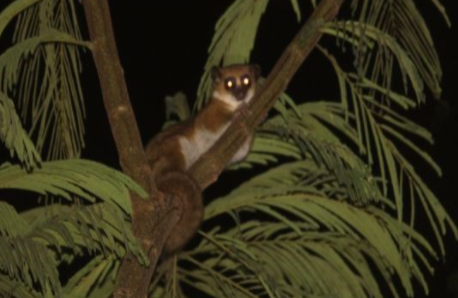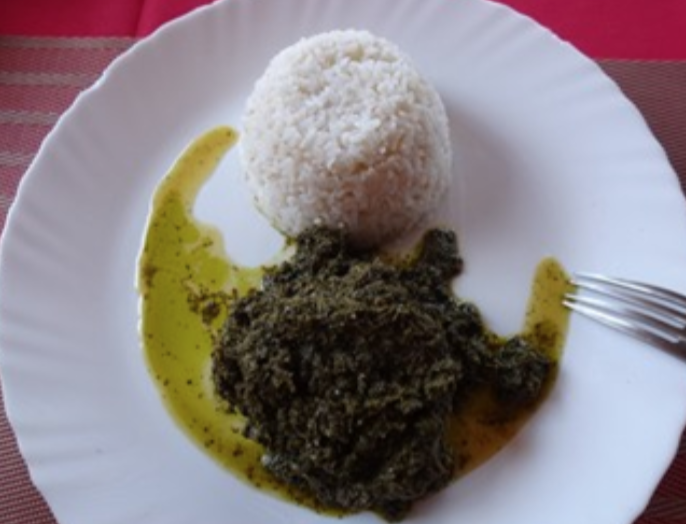Independent research by local scientists making a difference in the SAVA region
By Andolalao Rakotoarison, Tanjona Ramiadantsoa, Thio Rosin Fulgence, and James Herrera
Science is a fundamental part of society, yet it is often an exclusive field. To be a scientist requires education, which requires the finances of obtaining that education. In low-resource settings like Madagascar, the financial constraints of daily life preclude most people from obtaining a quality education. To develop independent research by Malagasy scientists, DLC partners with the local universities to create opportunities for students and scientists to overcome financial barriers and realize their aspirations. In Part I of this series, we shared about a workshop to train students in scientific methods, and then created a small grant program for students to apply for funding for their own research. In this last piece, we want to share with you some of the stellar research that has been conducted by these students. Most of them are nearing completion and will be defending their thesis this month (August 16-20, 2021)!
Tiankavana Vevé and Adel Maharavo are two students who were inspired to see the forest of Ambanitaza during the field trip portion of the workshop. They were fascinated by the forest and equally so with the local communities who were working so hard to protect it. They each proposed projects to study the biodiversity of the forest, with Vevéstudying trees and Adel focusing on lemurs. They both combined their ecological research in the forest with sociological research in the villages. They found a high abundance of diverse lemurs (4-5 species), relatively low tree diversity, and documented several ongoing threats to the conservation of the forest. When interviewing people in the villages, they learned that people still depend on the forest for natural resources, like wood for building materials or to make charcoal, and hunting wild animals for meat, including lemurs. After they graduate from CURSA, both students are motivated to return to Ambanitaza and do further work with the communities to study and protect the flora and fauna.

A dwarf lemur observed during nocturnal lemur surveys. Photo credit: Adel Maharavo.
Cyprien Velojaona is interested in food security and nutritional health in the SAVA region. He conducted interviews with people in rural communities about their diets and causes of food insecurity. He found that most respondents had very low dietary diversity. The most common reported meals were light, traditional Malagasy dishes which include rice and a broth of green leaves like the leaves of sweet potatoes, Moringa trees, and other locally available varieties. While green leaves are nutritious, they do not provide enough macro-and micronutrients to fulfill a healthy diet. Respondents also reported times of food insecurity, especially between the months of March and April before the time of rice harvesting. Cyprien and his supervisor, CURSA faculty Nestorine, will be leading a larger research and development project to improve knowledge about proper nutritional health and hygiene, as well as teaching methods of growing healthy fruits and vegetables to increase food security.

A common dish in Madagascar, rice and ground cassava leaves (ravitoto). While these green leaves are nutritious, they do not provide the full complement of nutrients needed for healthy diets.
Similarly, Frida Ravololonianta did a feasibility study on making a nutritional powder from moringa leaves and breadfruit. She followed a simple recipe to collect locally available moringa leaves, which are extremely nutritious, and breadfruit and prepared them into a nutrient-dense flour or powder. The powder can be mixed with a porridge of rice, corn, or other starches and used as food for infants. With food insecurity and nutritional stress rampant in Madagascar, such a simple and cost-effective nutritional powder has the potential to make a great impact for malnourished people.

Frida prepared breadfruit slices by sun-drying and grinding into powder by hand. Combined with a similarly produced moringa powder, this nutritional supplement is a healthy and cost-effective tool in combating malnutrition.
Rossinie Raharinirinahas participated in several workshops co-hosted by CURSA and DLC, especially about agroecology and agroforestry. Agroforestry is the practice of growing trees in the agricultural landscape, and DLC has been promoting these techniques throughout the SAVA region. Rossinie decided to focus her project on an evaluation of the agroforestry project. She followed up with participants who had received tree seedlings from the DLC nursery and planted them on their own lands. She recorded which species they planted, when, where, and how, and inventoried how many of the seedlings had survived and how many had died. She found several interesting factors that would improve seedling survival and how to better teach these methods in the future. However, overall Rossinie found that 95% of the seedlings that have been planted survived the first six months. This high survival rate is motivating, but we will continue to monitor for long-term progress, and Rossinie will be joining the DLC Agroecology team once she graduates.

Rossinie inspects the recently planted cocoa trees, mixed with cassava and other food crops in the background.
There are too many of these success stories to share in one essay. We hope to find innovative ways to continue to support this student-led research and share their results with the broader public. All of our activities are supported by grants and donations. We are extremely grateful to General Mills for the support to carry out this capacity strengthening with CURSA. If you like what you’ve read, please consider making a tax-deductible donation to the DLC Madagascar Programs and specify “Supporting SAVA Science.” Share this information with your network, and spread the word about the need to increase inclusivity in the sciences. Remember to keep checking in on our website and social media for more updates on the phenomenal Malagasy scientists! Let us know in the comments what you think, and wish the CURSA students well as they defend their theses and move into the next chapter of their lives!


